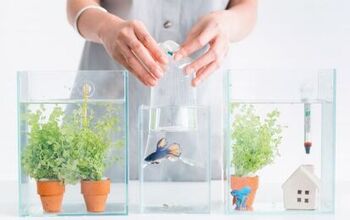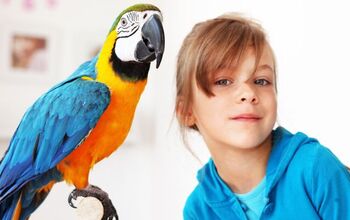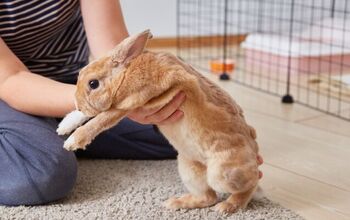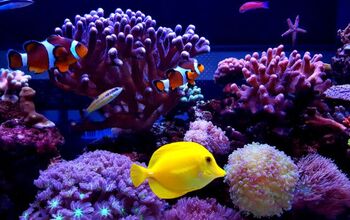When Should I Set Up a Quarantine Tank for My Fish?
If you are new to fishkeeping, you have likely noticed that there is a lot more involved in setting up a healthy, thriving aquarium than most people realize! From the ideal tank setup to managing water levels, there is much to learn – including the basics of fish health. One topic that is often overlooked but can be incredibly important in terms of your tank health is the use of a quarantine tank. But what is a quarantine tank, and when should it be used? In this post, we will look at how a quarantine tank can improve the overall health of your existing aquarium, including how to set up, maintain, and disinfect your quarantine fish tank. What is a Quarantine Tank? Before we dig into the finer details, let’s start at the beginning – what is a quarantine tank? Quarantine fish tanks are smaller tanks set up to help limit the potential spread of illness or disease. They do this by effectively quarantining the sick (or potentially sick) fish separate from the main tank or aquarium. Think of the tank like a human hospital. If a person is suspected of possibly having an infectious disease, steps are taken to prevent that disease from spreading to anyone else. This includes removing the person from the general public, limiting access to them, and maintaining a clean and sterile environment. In the same way, your quarantine tank isn’t going to be set up as a fancy, decorative area. Instead, the focus is put on eliminating anything that could increase the transmission of disease. For this reason, they are often free from decorations and aquarium gravel or other forms of substrate. This allows you to create a clean and stress-free area for your fish – especially if they are being treated for or recovering from an illness.












